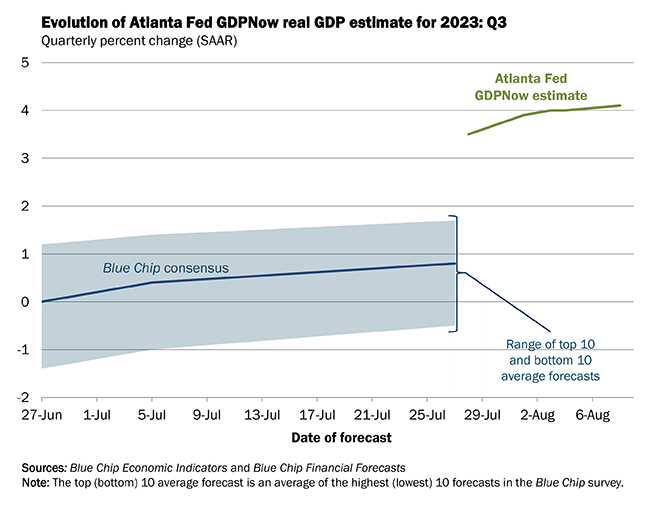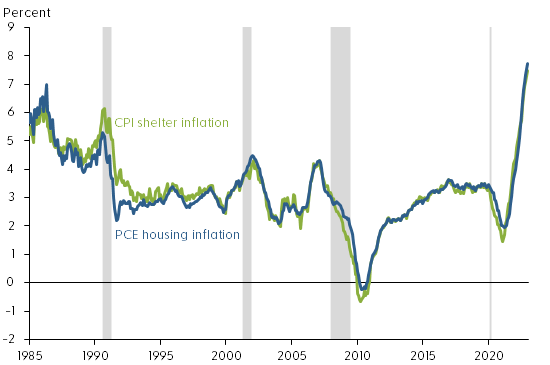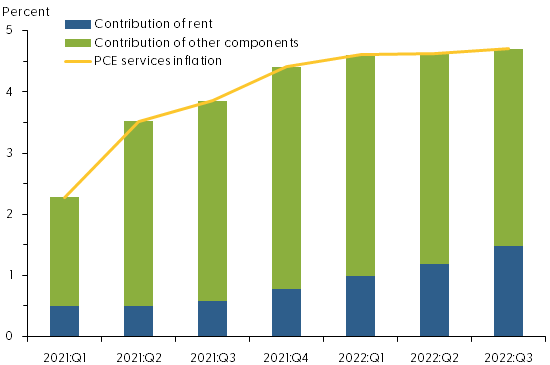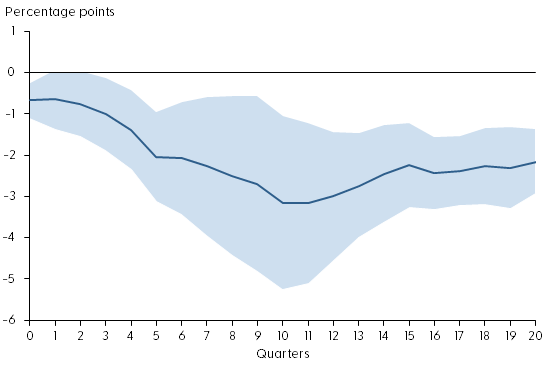If
you look at a typical economics book and are coming at it with no particular
background (e.g., your dad was an economist at the World Bank, say, so you’ve “swum”
in this water via your background and dinner table conversations), you will
find it “remote” and “foreign.”
What
to do? You need to “sneak up” on a field and find a door into it or a window to
climb through that brings you inside.
This
foreignness and remoteness is true for any field you can think of since
unfamiliar fields are disorienting at first. You need a pre-understanding.
Let’s
do two simple examples of how one gets a pre-understanding:
During
the foreclosure crisis following the Great Recession of 2008 and thereafter,
you might have asked yourself about the size in dollars of US residential
housing stock to see what it might mean if values declined. You found perhaps
that it was surprising difficult to come up with some “ballpark” sense of US
housing as you looked through Google and other entries.
Here’s
a sample of a kind of made-up workaround that points you in the right
direction:
Suppose
we say the population of the USA is 320 million at the time, in round figures
that are convenient and approximate only.
Assume, for no reason, that all Americans are members of households of
four (i.e., families with two parents and two children). This is of course
utterly false but serves our “guesstimating” purpose we hope.
If
we divide the total population by 4, we get 80 million families. Assume
all families live in single-family homes ignoring apartment buildings,
multi-family homes and a zillion other forms. Make up a number like 300 thousand
dollars per home at the time, based on radio news, and you will get a
national housing stock value of 80 million by 300 thousand which is 24 trillion
dollars.
In fact, the official value of U.S. residential housing was usually given at 24-25 trillion so our “sneaking up” guesstimating was not bad at all.
Now
ask how one might have perhaps done it better, more cleverly. You have to “back
into” a field by something you yourself look into and figure out before you
enter the “ocean” of the textbook presentation.
It requires a kind of “sneaking up” on a field with back-of-the-envelope “meta-intelligence” in order for you to attune yourself to the field, or if you want to “parachute” in like a “knowledge spy” and get what you need. This is true for all fields. Some “homemade” familiarity you make up yourself is needed.
How to “Sneak Up” on Academic Fields With Meta-Intelligence
An accepted workhorse of economics is the Cobb-Douglas production function based on two people with the names of Cobb and Douglas.
Your
economy produces, say, shirts and to do that you need machines (capital),
workers (labor), energy, materials.
Think
of 100 women seamstresses at one hundred tables with sewing machines plugged
into 100 electrical outlets (energy) and lots of fabric (raw materials for
shirt-making).
Capital (e.g., machines, equipment, structures) is denoted by the letter K (from German word Kapital), workers or labor force by L (for labor) and the whole is called KLEM. (capital, labor, energy, materials). The letter A stands for “technology level.”
We
simplify and worry only about K and L just to make the math much easier.
Remember capital here means machines and not money.
In Cobb-Douglas “world,” the product of your economy, shirts is called Y (we don’t have the shirt prices to keep things easier).
Then
Y=A multiplied by K (to the alpha) multiplied by L (to the beta). Alpha and
beta are measures of responsiveness, “elasticity,” sensitivity.
Cobb-Douglas
is multiplicative (i.e., A by K by L, so the algebra goes easier). A is called
“technical change” or technology.
Suppose
you don’t know or don’t remember log differentiation (calculus) to easily “play
with” this little equation. That’s ok.
Think
of the simple identity z=xy. This could be 10=5 x 2 or 12=4 x 3. You can show
that if the left side goes up by 10%, the right must grow by 10 percent so
that the 5, say, becomes 5.5. 5.5 x 2 is 11 so both sides are the same again,
11=11. It’s easy to show that the percentage growth on the left side of the
equation is roughly the sum of the percentage growth of each of the numbers on
the right.
You
can easily show that the percentage growth of Y (say 6% per year) is
approximately equal to the percentage change of A plus percentage growth of K+
plus that of L with K and L modified by alpha and beta.
This
is a simplified version of so-called “Growth accounting” (i.e., components of
growth in Y from year to year).
You
will find that once you sense how this kind of “accounting” looks and works you
can proceed to other kinds of accounting in economics such as Balance of
Payments accounting or National Income accounting.
These
exercises are key to economics as a field with its textbooks and again you have
to sneak into it, so to speak, by climbing through a door or window you made up
yourself to give you some bearings.
We
call all this a pre-understanding before more usual understanding through
textbooks.
Pre-understanding
is a deep key or prerequisite to educational mastery.
On
a National Public Radio call-in talk show few years ago, there was a discussion
by four economists (professors plus private sector analysts). A listener calls
in and asks one of them about the growth prospect for the following year. The
professor responds: about 2.88 percent. Everybody goes quiet and wonder how he
figures this out.
The
answer will help you “sneak in” to or “parachute” into this world.
The
professor, in his mind, calls the economy Y. He realizes that Y is the same as
Y/L multiplied by L, where L is labor force. In Y/L by L the l’s cancel each
other out so it’s just a harmless re-write of the basic variable Y.
Y/L
is average productivity (e.g., number of shirts [the economy has one product,
shirts]) divided by number of workers (laborers, seamstresses making the shirts).
If
Y is one hundred and L=10, then the average laborer produced 100/10=10 shirts.
ie that’s the average productivity.
The
professor knows that approximately the percentage growth of Y (which is what
the radio show caller’s question was about) is the sum of the percentage growth
of Y/L and L.
He’s familiar with the latest productivity and labor force projections from the electronic newsletters he receives and the websites he checks out (e.g., BEA and the BLS, et al).
He
adds them up to get 2.88 percent, the number he mentions to the questioner and
the rest of the radio audience.
Once
you’re familiar with these simple elements of analysis and sources of info, you
can begin to lose your fearfulness and do the same as the professor, who is not
solving complex differential equations in his head to answer the question for
the listeners.
As a “field outsider,” you’re unfamiliar with the “landscape” and “rules of thumb” and your mind races or wanders when confronted by such a question because you don’t have these simple techniques.
You
can thus “parachute” into any field and leave with what you need.




